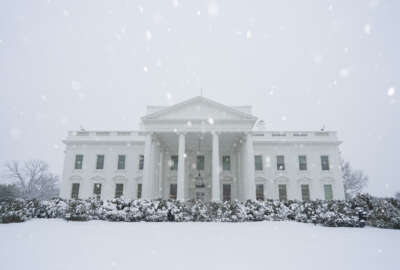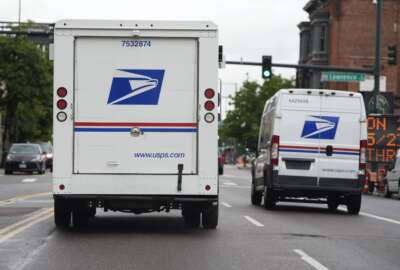
Insight by Verizon
Preparing for rolling blackouts during an ice storm
In February 2021, a massive storm spread wintry precipitation from Texas to Maine and ninety million people in 19 states were impacted. When it comes to disasters,...
In February 2021, a massive storm spread wintry precipitation from Texas to Maine. Ninety million people in 19 states were impacted.
Texas was particularly hard hit with ice.
“Challenging. It was a major challenge”, is how Travis Houston, Assistant Emergency Management Coordinator, for the City of Dallas described, during an interview, the impact of the storm.
“North Texas is no stranger to ice storms. We’ve had three ice-related incidents just in the last month.”
But the event unofficially named “Winter Storm Landon”, was deceptive.
He said, as the storm approached, they expected abnormally cold temperatures. “In our heads, we’re thinking about all of the normal things that come with that ice storm thing”.
Those concerns included transportation delays, downed power lines, and smaller localized power outages.
But the storms impacts, he said, “quickly turned into much larger scale issues”, and ultimately, “challenged a lot of planning assumptions”.
Texas was hit with rolling power blackouts. Additionally, a key communications vulnerability with ERCOT, the states’ power provider, was exposed.
“Communication was often a little confusing and didn’t necessarily feel clear. So it created a communications challenge for us with our residents.”
He said their problem was, “trying to understand where the blackouts are going to happen, why they’re happening, and how long they’re going to happen.”
The confusion impeded their ability to provide services for the public. The inability to open recreation centers to serve as warming shelters was one example.
“We just didn’t know. If we open the center, sent a bunch of people there and then the power goes out there for 36 hours, now we have another problem. They would’ve been better off probably just staying at their house,” said Houston.
Lessons learned
Houston said that the storm taught them several valuable lessons.
“First lesson is to communicate good information clearly and aggressively as early as possible. With the multi-day outages, all of the primary methods that you would normally use to get information to people –their cell phones, through social media, and traditional media –if they didn’t have power, they didn’t have access to that information anymore.”
Using the Wireless Emergency Alert System, as an early communications tool, he said will be put into practice.
Another lesson is “using charter buses as mobile warming centers, so we can get to very specific areas of need.”
Another lesson that was learned, he said, “is having more redundant power at our recreation centers, which are primarily what we use as community warming centers.”
Backup generators are being installed at those locations, and mobile generators are being deployed as well.
Partnerships are important
The City of Dallas Office of Emergency Management, Houston said, puts a lot of effort into its relationships with partners.
“We work really closely with our state and federal partners primarily on the frontend and on the preparedness side. When it comes to FEMA, it’s mostly on the backend on the recovery side.”
Ensuring that they are well stocked is important.
“Making sure that we have supplies ready to go. Cots in stock to open up warming centers and overnight shelters, food and water to distribute,” Houston said.
When it comes to disasters, in a large state like Texas, few things are more important than close relationships between emergency responders.
“DFW (Dallas-Fort Worth) is obviously a huge metropolitan area, the fourth largest in the country, so we have this big urban sprawl and there are a lot of jurisdictions surrounding us. There are a lot of emergency managers; and the benefit of that is that it allows everyone to have a great support system.”
Listen to the full show:
Copyright © 2025 Federal News Network. All rights reserved. This website is not intended for users located within the European Economic Area.
Related Stories

USPS next-gen fleet lawsuits dropped, but electric vehicle plans still under scrutiny




